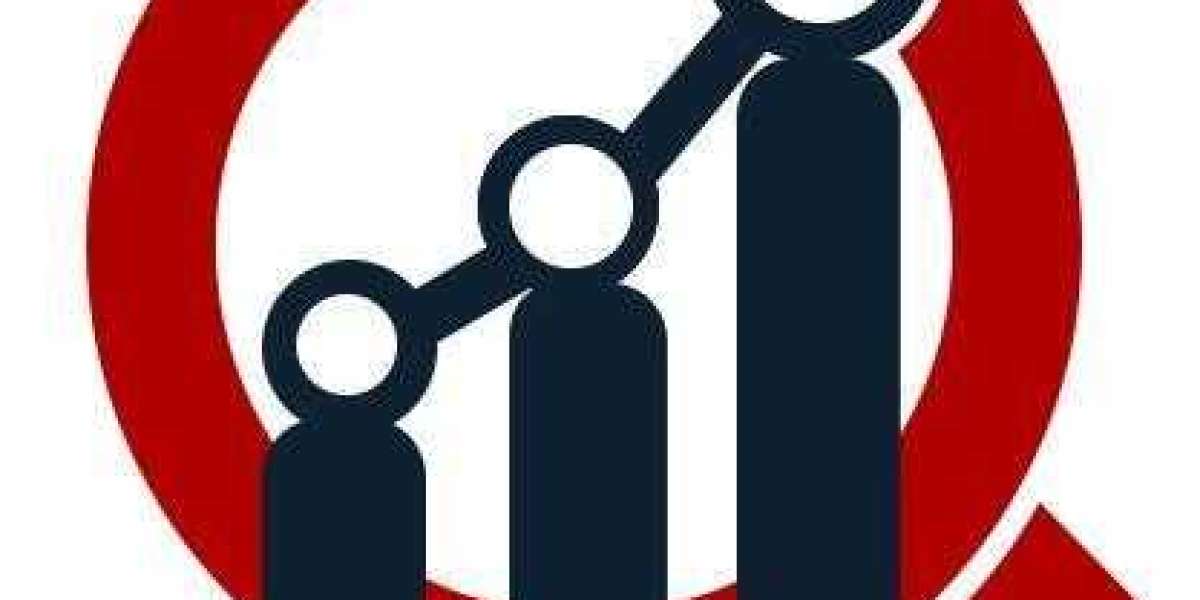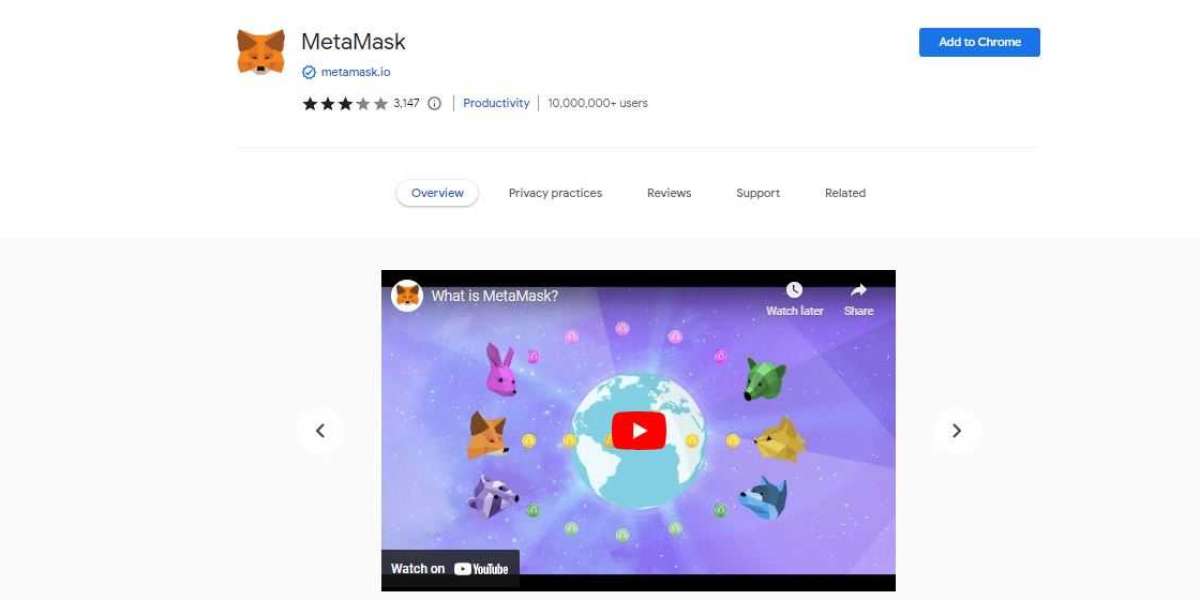3D printing has revolutionized the manufacturing industry, allowing for the creation of complex and customized objects with ease. One of the most popular methods of 3D printing is selective laser sintering (SLS). This technique has seen a significant rise in demand in recent years, as it offers numerous advantages over traditional manufacturing processes.
The Advantages of Selective Laser Sintering
Selective laser sintering is a process that uses a high-powered laser to fuse powdered materials together, layer by layer, to create a solid object. This method offers several advantages:
1. Design Freedom
One of the key advantages of selective laser sintering is the freedom it provides in design. Unlike traditional manufacturing methods, which often have limitations in terms of shape and complexity, SLS allows for the creation of intricate and complex geometries. This opens up a world of possibilities for designers and engineers, enabling them to create objects that were previously impossible to manufacture.
For example, in the medical field, SLS has been used to create patient-specific implants that perfectly fit the individual's anatomy. This level of customization not only improves patient outcomes but also reduces the need for additional surgeries and post-operative complications.
2. Material Versatility
Another advantage of selective laser sintering is the wide range of materials that can be used. Unlike other 3D printing methods that are limited to specific materials, SLS can work with various powders, including plastics, metals, ceramics, and even composites. This versatility allows for the production of objects with different mechanical, thermal, and chemical properties.
For instance, in the aerospace industry, SLS is used to create lightweight and durable components using materials like titanium and aluminum. These components are crucial for reducing the weight of aircraft and improving fuel efficiency.
3. Cost-Effectiveness
Selective laser sintering can also be a cost-effective manufacturing method, especially for small production runs or custom-made objects. Unlike traditional manufacturing processes that require expensive molds or tooling, SLS eliminates the need for such upfront investments. This makes it a viable option for businesses looking to reduce production costs and shorten time-to-market.
Furthermore, SLS allows for the consolidation of multiple parts into a single component, reducing assembly time and costs. This is particularly beneficial in industries like automotive, where complex assemblies can be simplified and streamlined.
4. Sustainability
As the world becomes more conscious of environmental issues, sustainability has become a crucial consideration in manufacturing processes. Selective laser sintering offers several sustainability benefits. Firstly, it generates less waste compared to traditional manufacturing methods, as unused powder can be recycled and reused. Secondly, SLS enables the production of lightweight components, which can contribute to energy savings during transportation and usage.
For example, in the consumer electronics industry, SLS is used to create lightweight and durable smartphone cases that reduce material consumption and minimize environmental impact.
The Rising Demand for Selective Laser Sintering 3D Printing Services
The rising demand for selective laser sintering 3D printing services can be attributed to the numerous advantages it offers. As industries across the globe recognize the potential of SLS, the demand for these services continues to grow.
One industry that has seen a significant increase in demand for SLS 3D printing services is healthcare. The ability to create patient-specific implants and medical devices has revolutionized the field, improving patient outcomes and reducing healthcare costs. Additionally, the aerospace and automotive industries have also embraced SLS for its ability to produce lightweight and durable components.
Furthermore, the rising demand for customization and personalization in consumer products has also contributed to the increased adoption of selective laser sintering. From personalized smartphone cases to custom-designed jewelry, SLS allows for the creation of unique and tailored products.
In conclusion, the rising demand for selective laser sintering 3d printing services is driven by the numerous advantages it offers, including design freedom, material versatility, cost-effectiveness, and sustainability. As industries continue to recognize the potential of SLS, the demand for these services is expected to further increase in the coming years.
References:
1. Example.com
2. Example2.com
3. Example3.com






